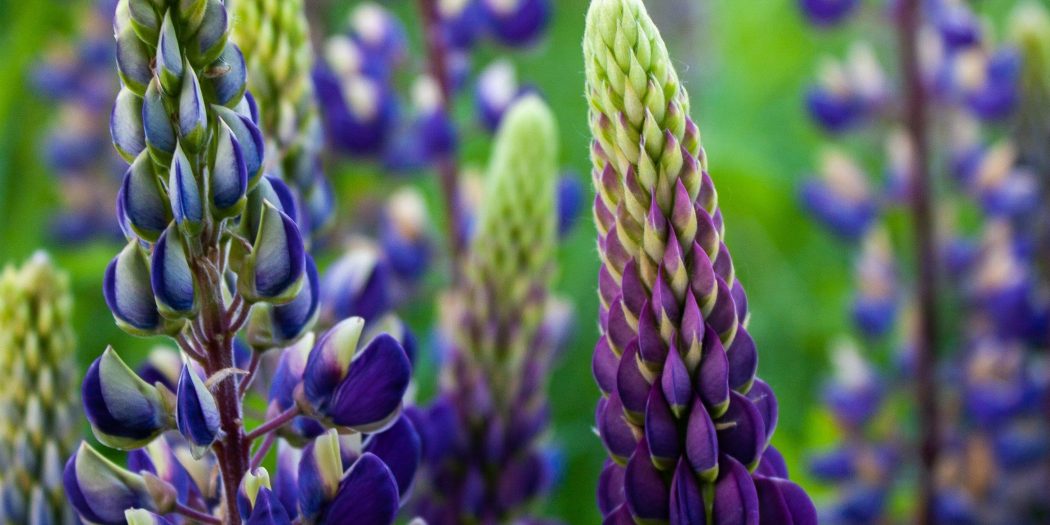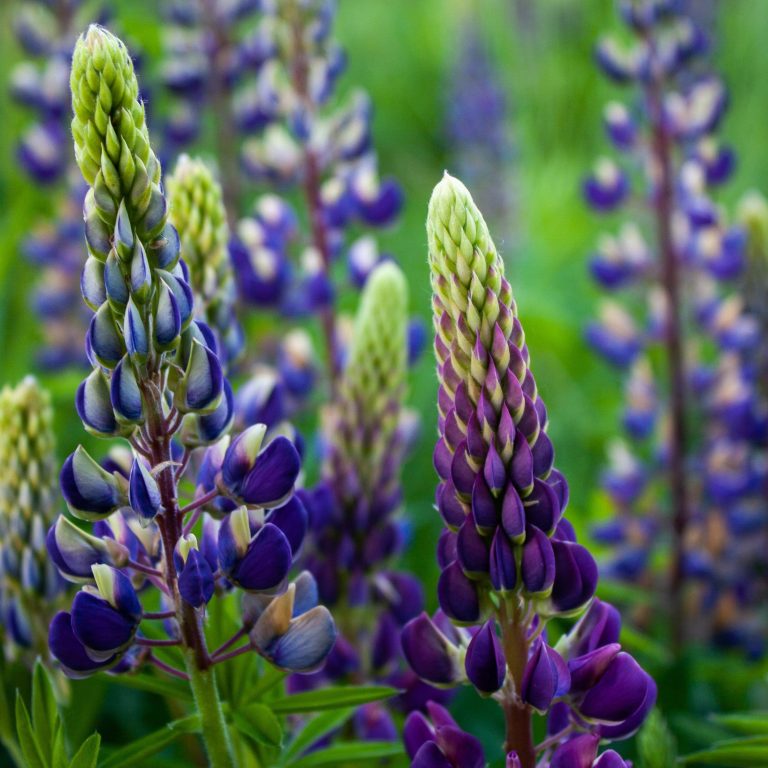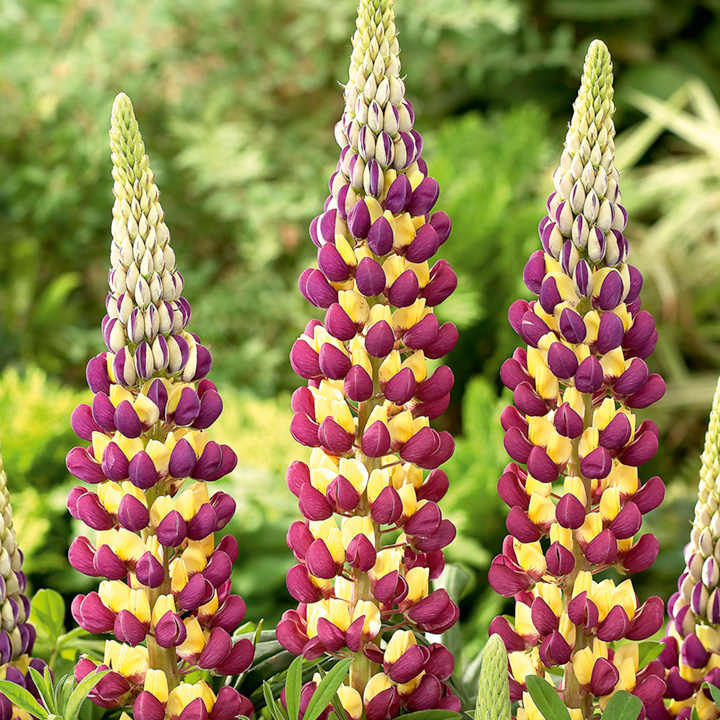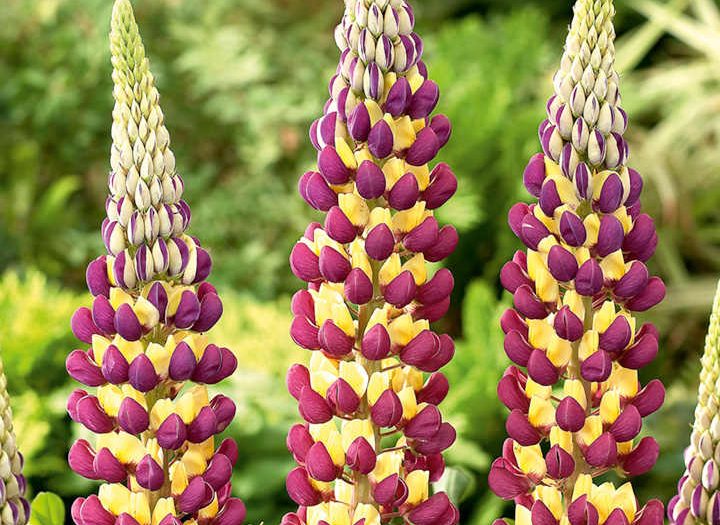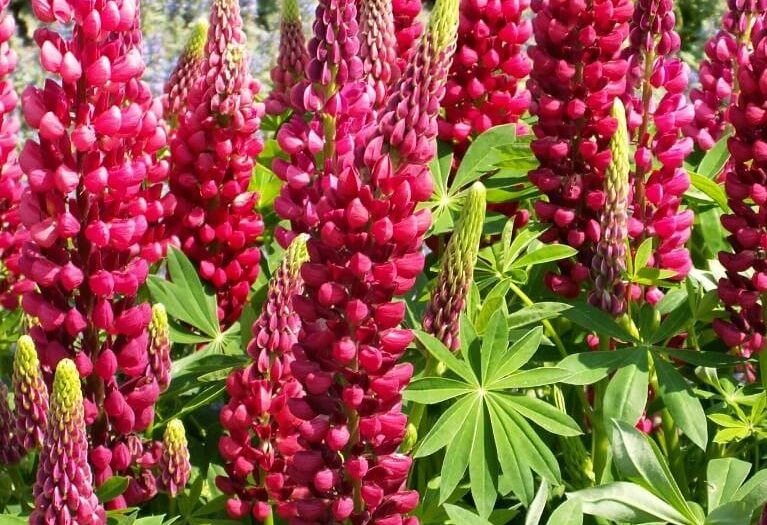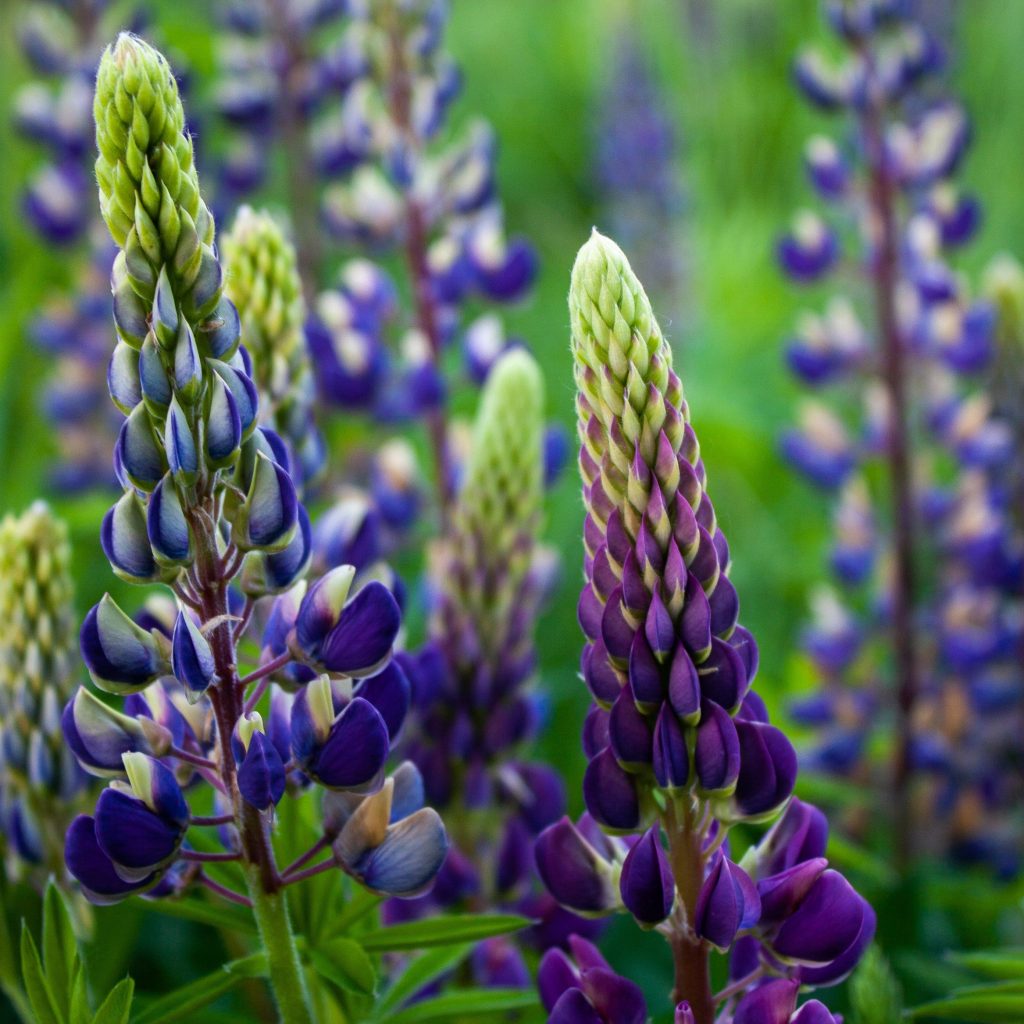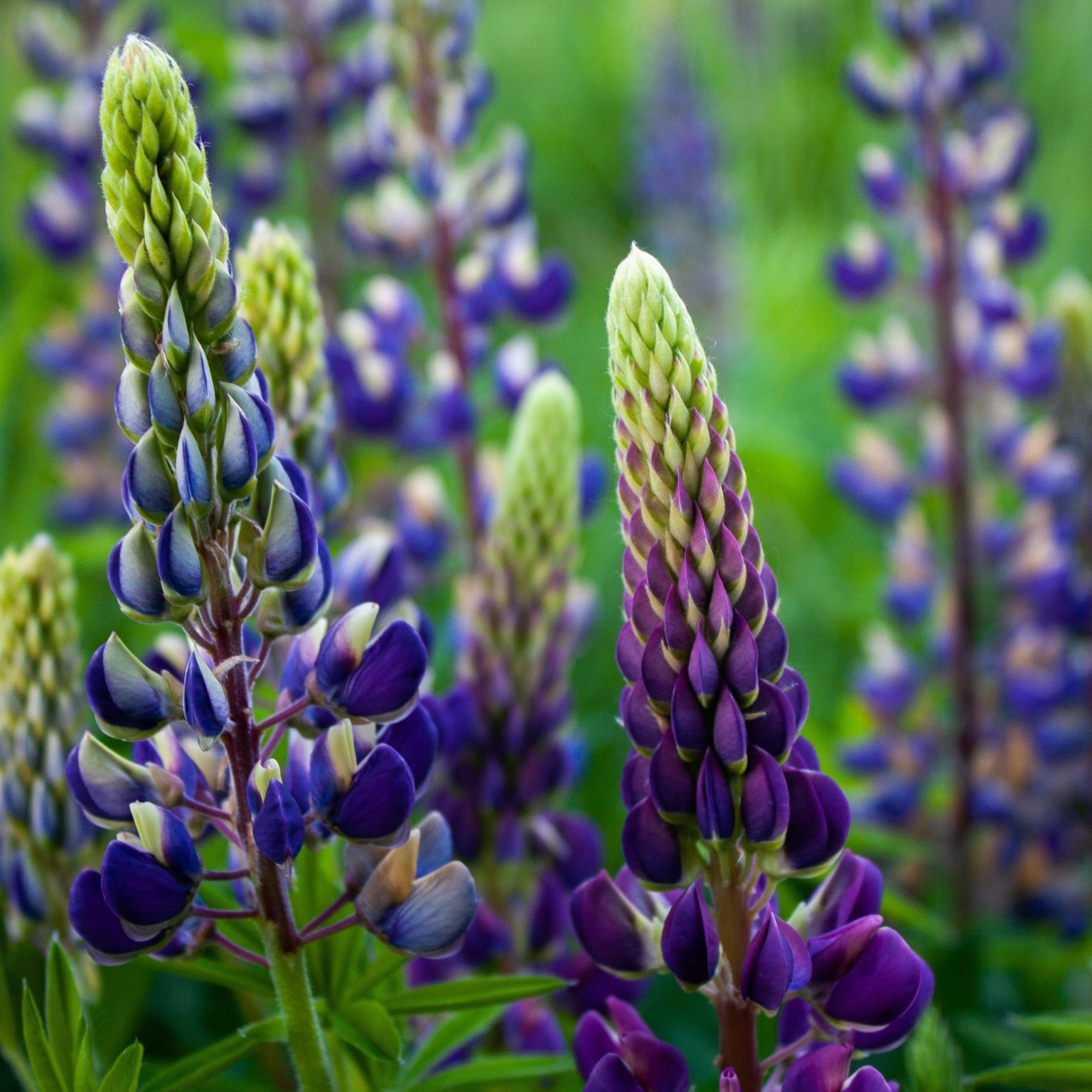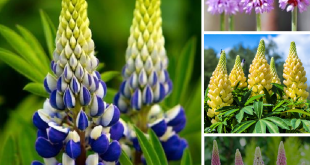
Lupines can be grown from seeds, cuttings, or divisions and are herbaceous perennials. They grow new leaves every spring from the roots below. Lupines can also thrive indoors in containers with proper lighting. These plants prefer cool, moist locations and can tolerate sandy, dry soil. It’s important to loosen the soil to a depth of 12-20 inches with a rototiller or garden fork before planting. If growing from seed, it’s recommended to give them a 7-day cold treatment or soak them in warm water for 24 hours before planting. Seeds should be sown at a shallow depth of about 1/4 inch under loose topsoil and kept evenly moist until germination. Lupines grown from seed will flower in their first year and should be fertilized monthly with organic fertilizer. Cuttings can also be taken and planted in moist, well-drained media. The long tap root of lupines is sensitive, so it’s important not to transplant them once they are established. When harvesting seeds, wait until the pods turn yellow and the seeds rattle inside before cracking them open in a sieve box.


